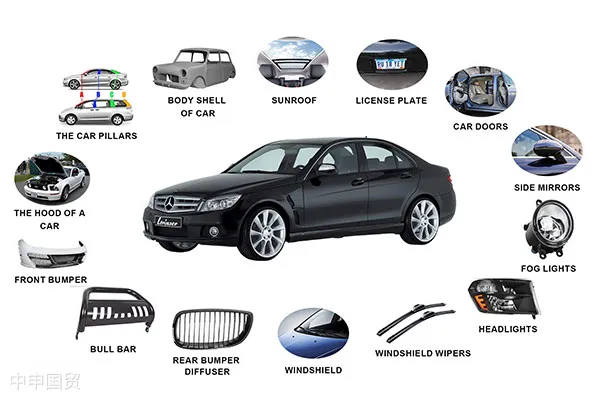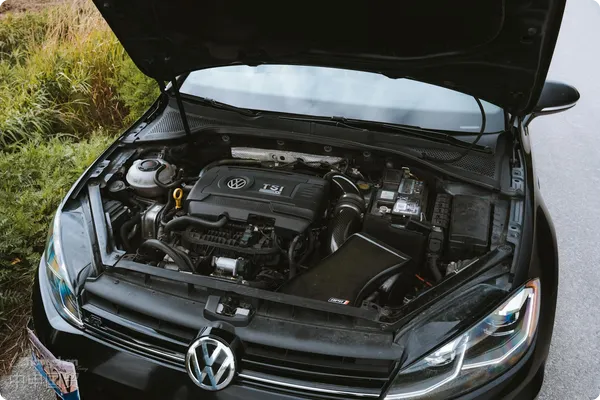- Shanghai Zhongshen International Trade Co., Ltd. - Two decades of trade agency expertise.
- Service Hotline: 139 1787 2118
Can you imagine how an auto part produced in China crosses the ocean and is finally installed on a car in Japan? The export process behind it is full of challenges, but it is also a journey full of opportunities. In todays globalization, understanding this process is not only crucial for enterprises that want to expand overseas markets, but also a profound learning experience for anyone interested in international trade. This article willZhongShen International TradeThrough a case of successfully representing a client in exporting auto parts to Japan, introduce in detail every link of the export, and provide practical suggestions and answer common questions.

I. Pre - export Preparation Work
The success of export starts with rigorous pre - preparation. In our case, first, it was ensured that the auto parts met the needs and standards of the Japanese market, including requirements in terms of quality, safety, and environmental protection. After that, the enterprise determined the transaction method as FOB (Free On Board) Shanghai in the general trade way, which means that the risk is transferred to the buyer after the seller loads the goods onto the designated ship.
Prepare Documents
In international trade, accurate documents are the key to customs clearance. The enterprise in this case prepared the following document contents: commercial invoice, packing list, export contract, proforma invoice, and declaration elements. Each document recorded the information of the goods in detail, ensuring the smooth progress of customs review.
II. Transportation and Customs Declaration
When choosing the mode of transportation, the enterprise considered factors such as cost, timeliness, and cargo safety, and finally choseMaritime Transportationas the means of transportation, departing from Shanghai Port and destined for Japan. Sea transportation not only has a relatively low cost but can also carry a large number of auto parts.
Before the goods were shipped, the enterprise carried outExport Clearance. Customs declaration is a complex process. Relevant customs declaration documents need to be filled in according to information such as the category, value, and destination of the goods, and reviewed by the customs. With complete documents and compliant products, the enterprise successfully completed the customs declaration and inspection and quarantine processes.
III. Arrival and Customs Clearance
After the goods arrived in Japan, the next step was the customs clearance process in the destination country. In Japan, the customs clearance procedures are also strict. Fortunately, due to the detailed preparations and compliant declarations in advance, the auto parts successfully passed the inspection of the Japanese customs.
During the whole process, the enterprise also adopted telegraphic transfer as theIn order to crack down on tax evasion, the customs and tax departments are now strictly examining the operation of buying export declarations. If the behavior of buying export declarations is discovered, the regulatory authorities will require tax replenishment (even a 2% tax rate may be a considerable amount). In addition, fines may also be imposed on the relevant responsible parties.method, which not only ensured the rapid transfer of funds but also reduced the risk of payment settlement.
Frequently Asked Questions
Consider cost, time, and the characteristics of the goods. For auto parts that are heavy or large in volume, sea transportation is usually the most economical choice.
At least a commercial invoice, packing list, and export contract need to be prepared. In addition, according to Japanese requirements, specific certificates and declaration elements may also be required.
The first step is to contact Zhongshen International Trade, as it has professional experience and resources to help solve problems. At the same time, ensure that all documents are prepared completely and the information is consistent.
Zhongshen International Trade as a one - stopExport Representationservice provider, it can provide customizedimport and exportSolution. If you needforeign tradeFor import and export agency services, please feel free to contact our company for business inquiries. The consultation hotline is 139 - 1787 - 2118.
Related Recommendations
? 2025. All Rights Reserved. Shanghai ICP No. 2023007705-2  PSB Record: Shanghai No.31011502009912
PSB Record: Shanghai No.31011502009912








